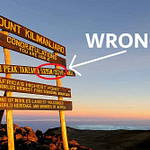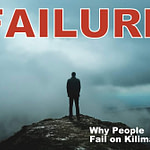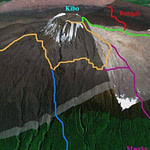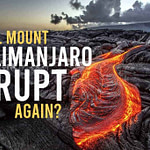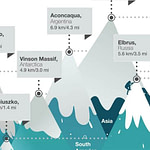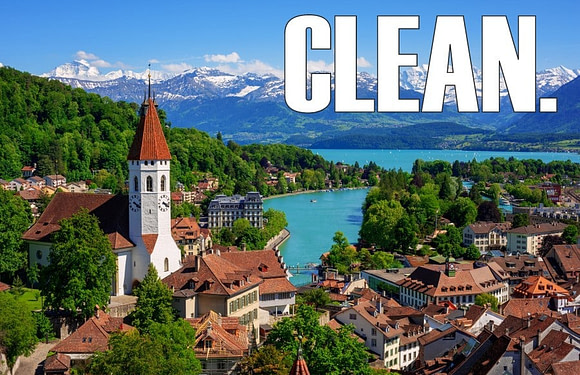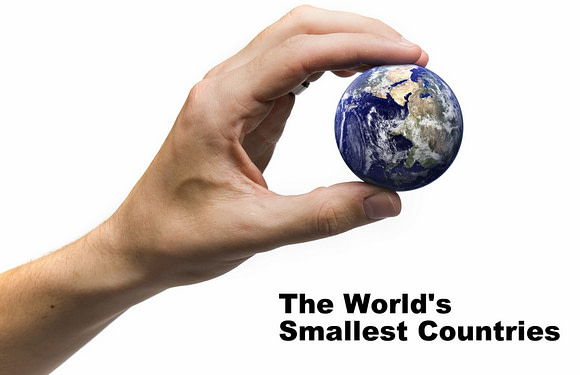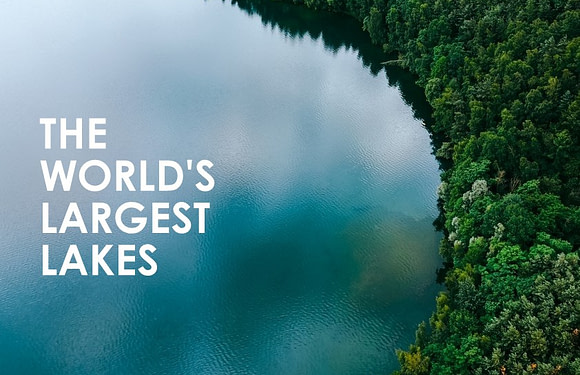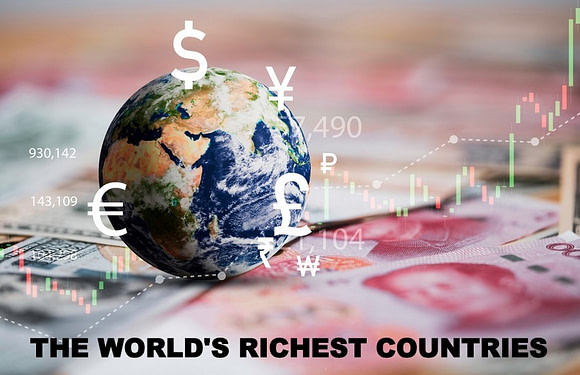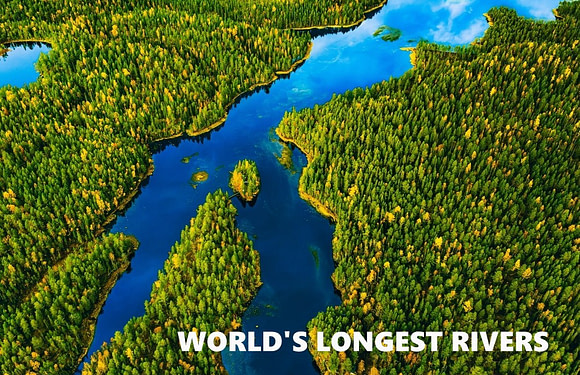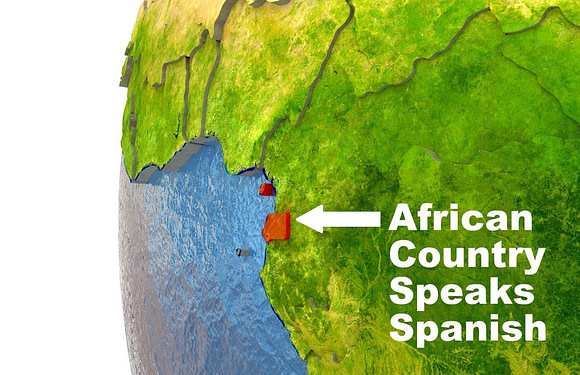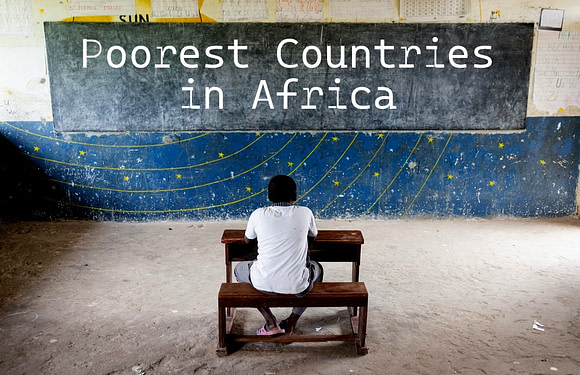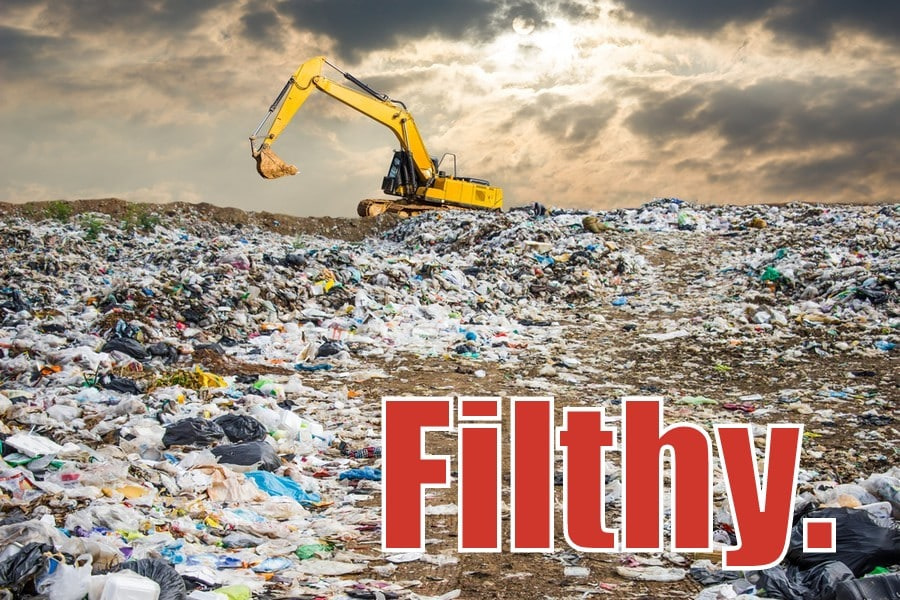
Dirty air, foul water, rotting trash, and poor hygiene drag a country down.
Pollution and poverty often go hand in hand. The poorest countries can seldom fund the construction and maintainence of infrastructure that keeps the environment clean. Without water pipes, landfills, or reliable power, people drink straight from rivers, dump trash on the streets, and burn wood and coal for heat. These habits spread disease and stifle productivity. It keeps economies weak.
Our Methodology
To find the world’s dirtiest countries, we built a composite “Dirty Score” using four metrics: air quality, water, waste, and hygiene.
- Air quality (PM2.5, PM10, gaseous pollutants) shows the amount of particulate and chemicals people inhale. It shows what people breathe every minute.
- Water (safely managed drinking water access) captures exposure to pathogens and chemicals. Unsafe water drives diarrhea, cholera, and lost school days.
- Waste (solid waste containment and controlled treatment) indicates whether trash is collected, recovered, or instead dumped or burned. Open dumping and burning release toxins, attract vermin, clog drains, and flood neighborhoods.
- Hygiene (sanitation plus hand‑washing access) is the frontline barrier that stops pathogens before they spread. Open defecation and a lack of soap result in fecal–oral transmission.
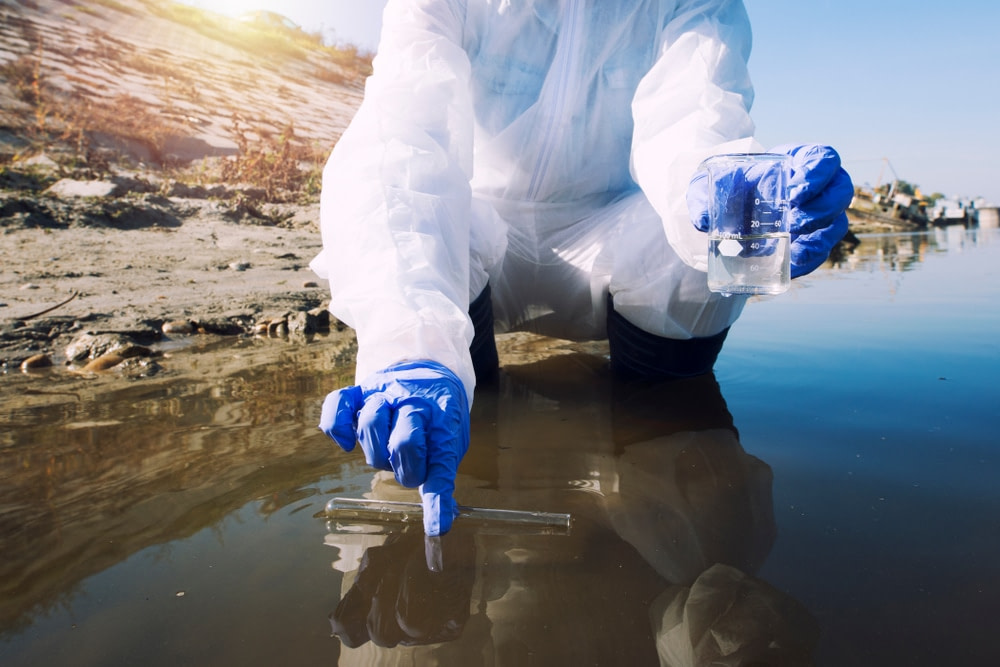
Air quality came from the 2024 IQAir World Air Quality Report IQAir. Water, sanitation, and hygiene coverage came from the 2024 WHO / UNICEF Joint Monitoring Programme database datadot. Waste performance used the 2024 Yale Environmental Performance Index indicators for controlled disposal and recovery Environmental Performance Index.
150 countries had a full 2024 data set. Each country’s metric was normalised to a 0–100 scale. We weighted air 30%, water 25%, waste 25%, and hygiene 20%. The 12 highest Dirty Scores form the list of the dirtiest countries in the world.
Dirtiest Countries in World (2025)
| Rank | Country | Air | Water | Waste | Hygiene | Dirty Score |
|---|---|---|---|---|---|---|
| 1 | Bangladesh | 95 | 85 | 80 | 75 | 84.75 |
| 2 | Pakistan | 92 | 80 | 78 | 72 | 81.5 |
| 3 | Chad | 90 | 70 | 65 | 60 | 72.75 |
| 4 | India | 84 | 68 | 66 | 60 | 70.7 |
| 5 | Nigeria | 80 | 65 | 70 | 55 | 68.75 |
| 6 | Iraq | 78 | 60 | 62 | 50 | 63.9 |
| 7 | DRC | 75 | 62 | 58 | 45 | 61.5 |
| 8 | Nepal | 73 | 60 | 55 | 50 | 60.65 |
| 9 | Egypt | 72 | 58 | 57 | 48 | 59.95 |
| 10 | Indonesia | 70 | 55 | 60 | 45 | 58.75 |
| 11 | Mongolia | 74 | 50 | 52 | 40 | 55.7 |
| 12 | Haiti | 68 | 52 | 50 | 42 | 54.3 |
The Dirtiest Countries in the World (2025)
1.Bangladesh
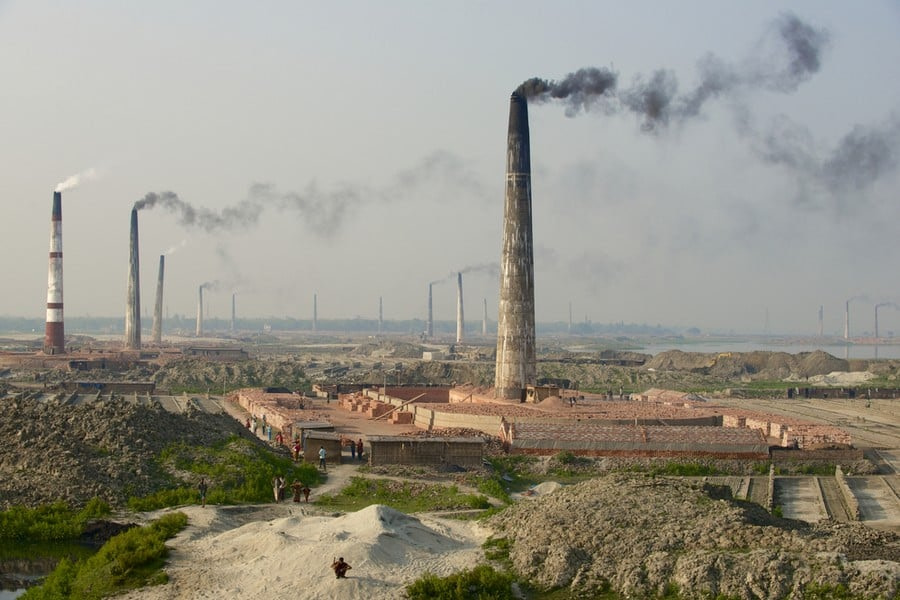
Bangladesh is a flat, river‑laced land wedged between India and the Bay of Bengal. Garment factories drive exports, yet many still burn low‑grade fuel. Brick kilns surround Dhaka like a smoky collar. Monsoon floods push uncollected trash into canals, then the delta. Villages rely on shallow wells that mix with runoff and latrine seepage. Farmers use plastic mulch and fertilizer, but packaging often ends up in fields. Without reliable power, diesel generators rumble day and night, adding more soot.
2. Pakistan
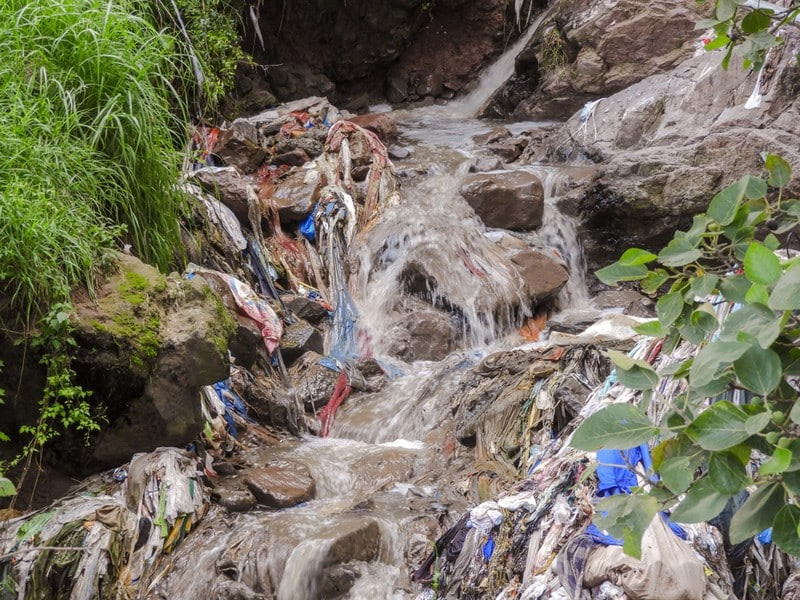
Pakistan stretches from icy peaks to steamy coast. Winter brings an eye‑stinging haze that hangs over Lahore. Crop stubble fires add to exhaust from rickshaws and trucks. Water pipes serve the better districts, but many homes still haul jugs from communal taps. Karachi’s dumps burn unchecked, sending toxic plumes across suburbs. Plastic bags clog storm drains and flood streets after every downpour. Rural clinics struggle with frequent power cuts, so vaccines spoil and disease spreads.
3. Chad
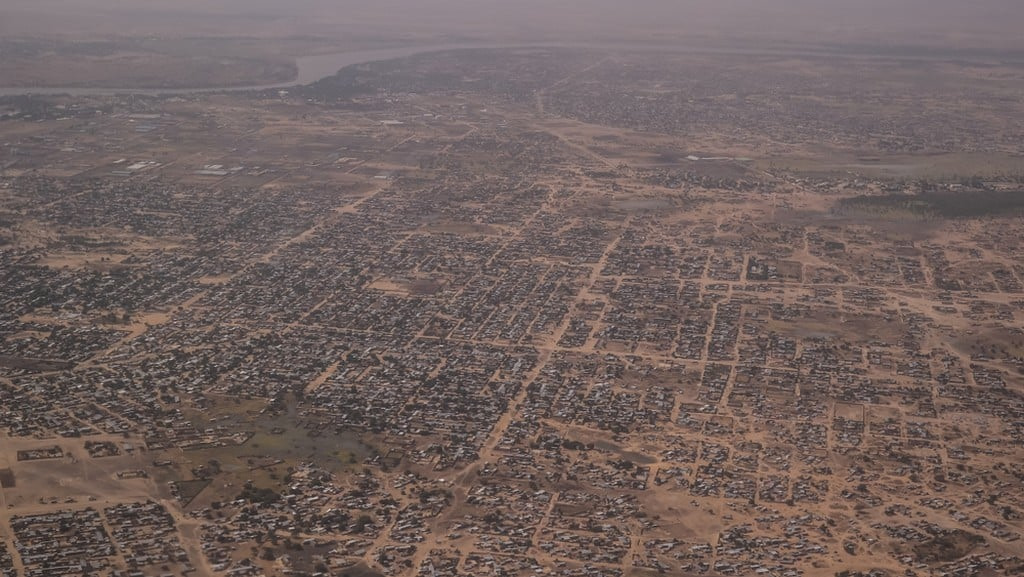
Chad occupies a vast belt of desert and dry savanna. Dust storms blow for weeks, turning the sky brown. Most families cook on open fires of wood or dung. Wells are scarce, so women trek long miles for muddy water. Garbage collection is limited to a few neighborhoods in N’Djamena. Elsewhere, refuse piles beside markets and attracts goats and flies. During the brief rains, contaminated runoff fuels cholera outbreaks that overwhelm understaffed clinics.
4. India
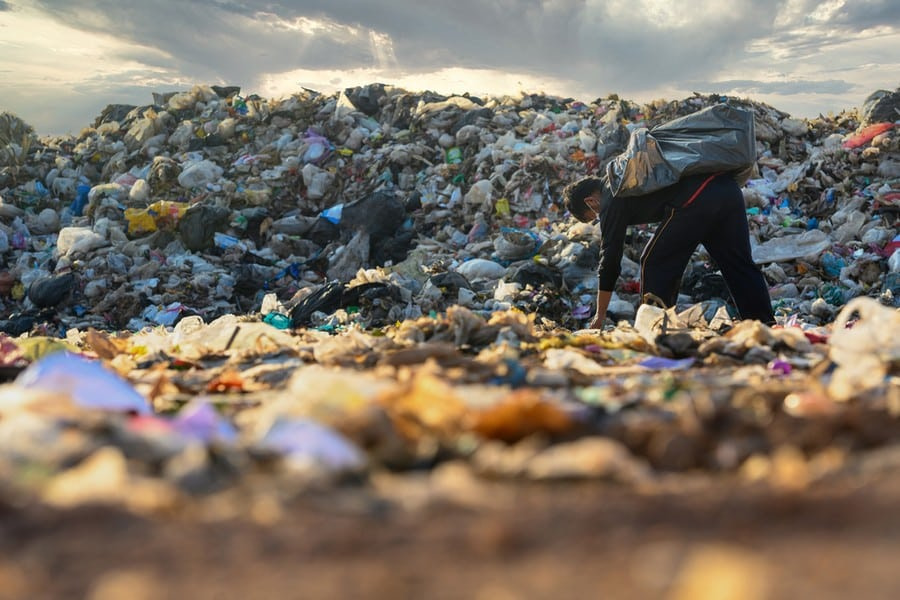
India’s booming cities glow with neon yet choke under traffic smoke. Autumn stubble fires in Punjab drift hundreds of miles across the plains. Riverbanks downstream of tanneries carry dyes and heavy metals. Informal recyclers pick through towering dumps, but the mass keeps growing. Power plants still burn coal despite new solar farms. Rural health workers battle diarrhea caused by open defecation and tainted wells.
5. Nigeria
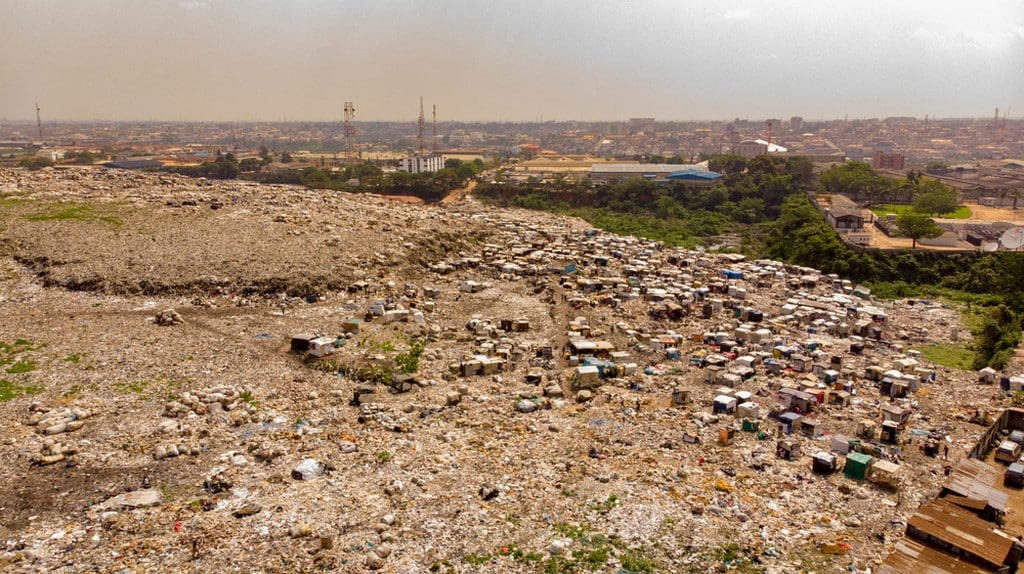
Nigeria hosts Africa’s largest population and a restless, youthful workforce. Lagos traffic snarls at dawn and never clears. Generators roar because grid power falters, pumping out oily fumes. Oil spills blacken mangroves in the Niger Delta, killing fish and jobs. Rainy‑season floods carry plastic bottles from gutters to the Atlantic. Formal landfills fill quickly; scavengers set them alight to recover scrap metal. In the north, women walk for hours to reach boreholes that may be dry by noon.
6. Iraq
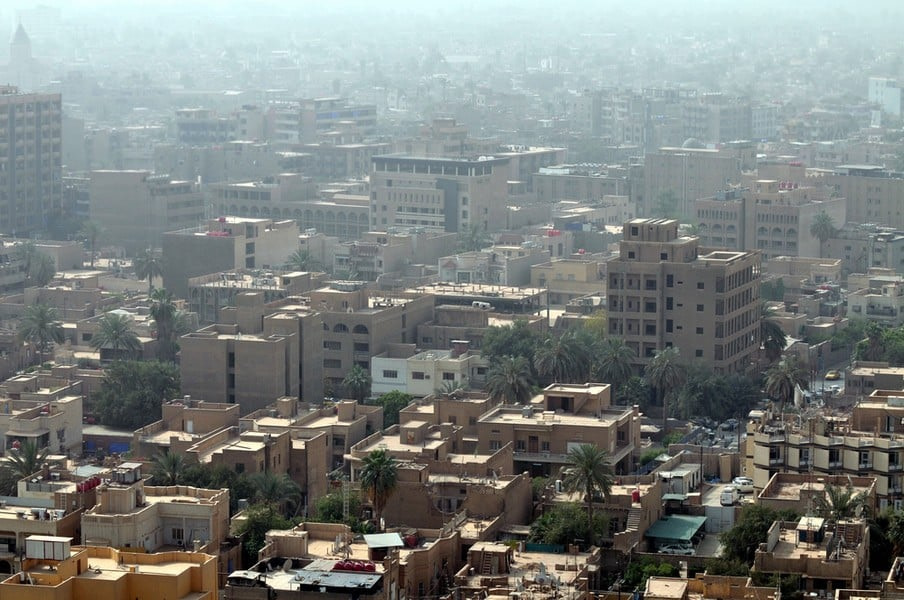
Iraq straddles ancient rivers that once fed empires. Years of conflict battered water plants and power stations. Diesel generators fill the gap, coating rooftops with soot. Desert dust storms add grit to already dirty air. Raw sewage still flows into the Tigris and Euphrates, then onto farms downstream. Municipal pits on the edge of Baghdad smolder in the heat. Farmers spray crops with polluted water, raising health fears in local markets.
7. Democratic Republic of the Congo
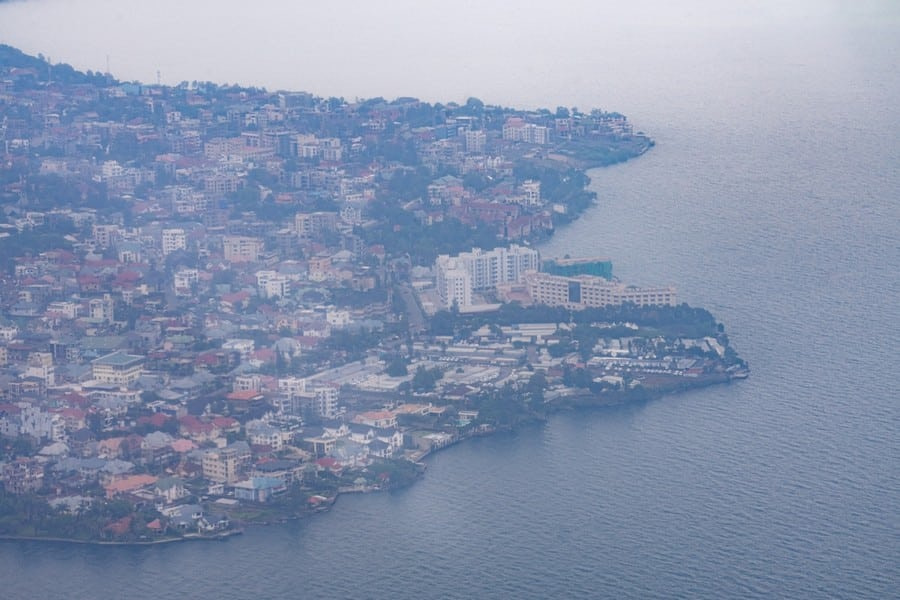
The DRC is blanketed by rainforest yet relies on charcoal for cooking. Smoke hangs above villages morning and night. Roads are few, so trucks rarely reach remote towns to haul waste. Rivers double as both bath and dump, carrying plastic toward the Congo Basin. Artisanal mines leave toxic tailings that leach into streams used for drinking. Power outages plague even large cities, forcing diesel generators and more fumes. Health posts struggle with a steady flow of respiratory and waterborne cases.
8. Nepal
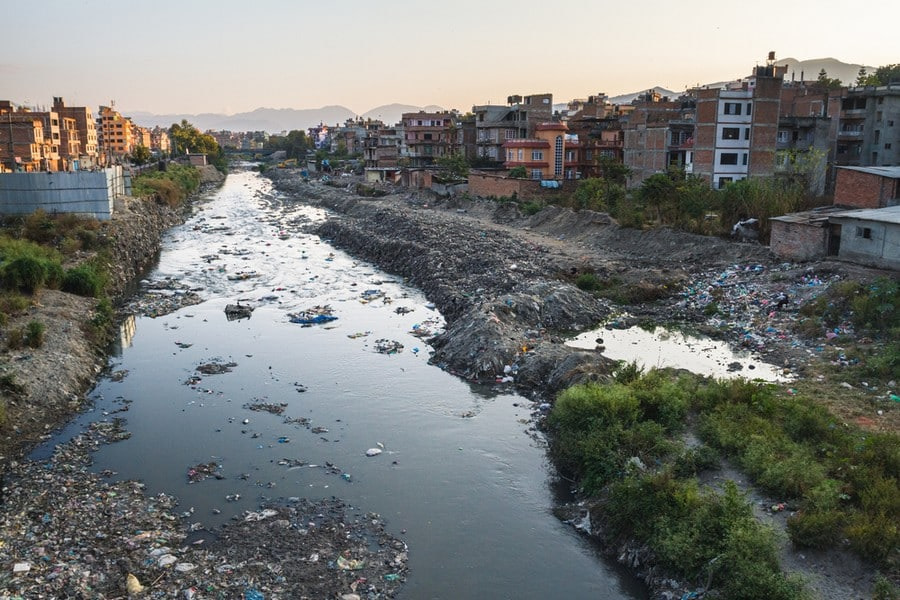
Nepal rises from tropical plains to the roof of the world. Kathmandu sits in a bowl that traps exhaust from buses and brick kilns. Winter inversions turn the valley into a smoke chamber. Mountain communities still defecate in open fields, and monsoon slides wash waste into rivers. Trekking routes see growing piles of plastic bottles left by hikers. Garbage trucks cannot reach many steep villages, so trash is burned roadside. Limited grid power drives households to wood, stripping hillsides of trees.
9. Egypt
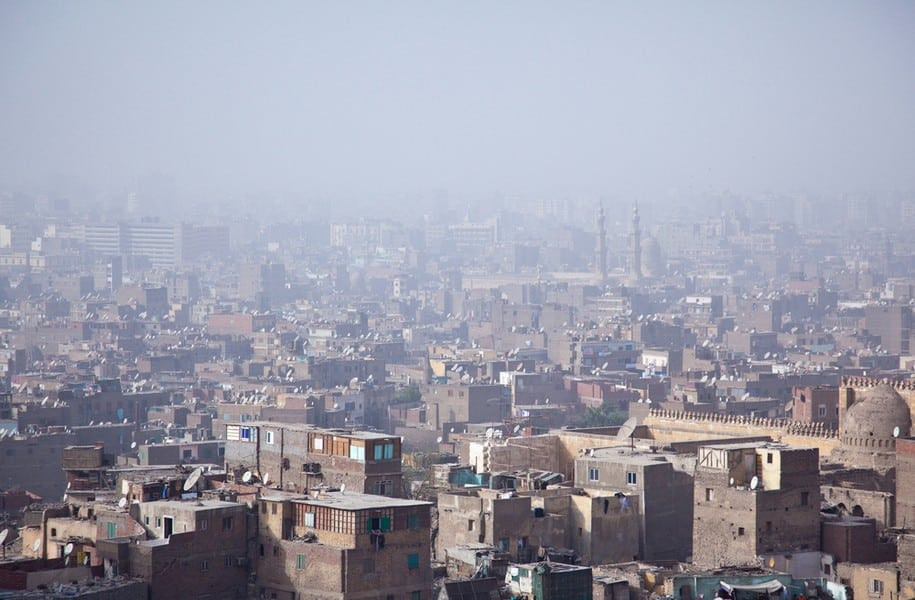
Egypt squeezes nearly all its people along a narrow band of the Nile. Cairo’s buses, taxis, and factories share the sky with desert dust. Brick kilns on the city fringe fire around the clock. In informal districts, garbage is piled in alleys until someone burns it. Sewage overflows into canals that irrigate vegetable plots. Salty groundwater creeps into delta farms, killing crops and livelihoods. Power cuts push residents to small diesel generators, adding yet more smoke.
10. Indonesia
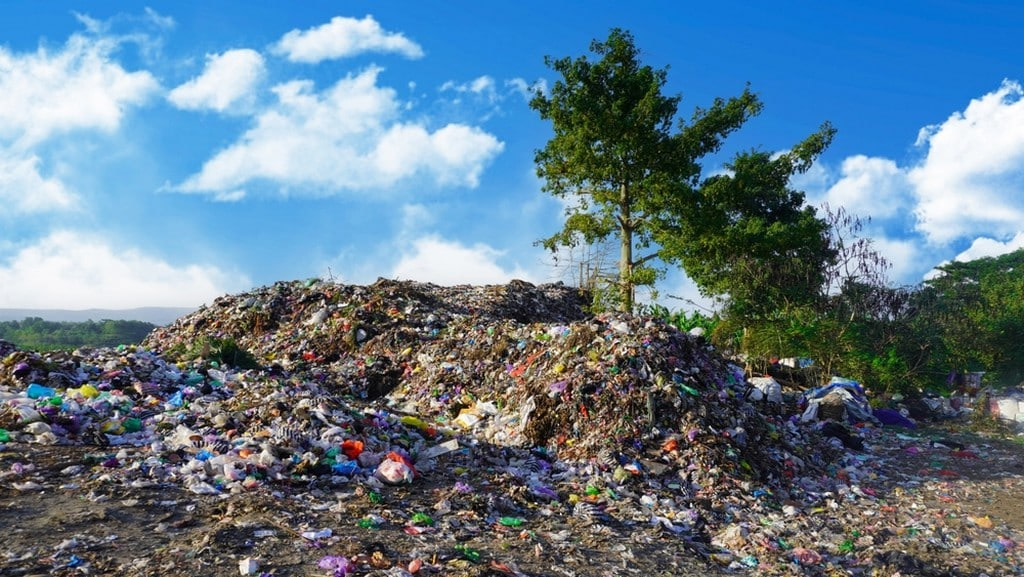
Indonesia stretches across thousands of islands and climates. Dry‑season peat fires blanket cities in a yellow haze. Plastic waste from Jakarta’s canals drifts into the Java Sea and washes onto tourist beaches. In many rural areas, wells turn brackish when tides rise. Only a fraction of household trash reaches formal collection; the rest is burned or tossed in ravines. Villages on smaller islands rely on diesel micro‑grids that sputter and fail. When lights go out, families cook on wood, feeding the haze next season.
11. Mongolia
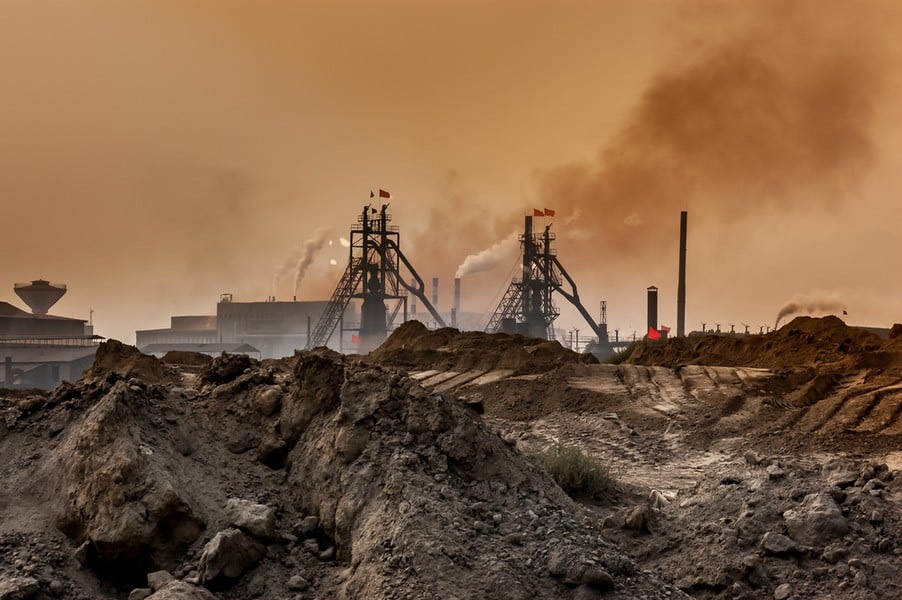
Mongolia’s vast steppe sees bitter winters that force half the population into coal‑burning gers around Ulaanbaatar. On calm nights the smoke sinks and stays. Permafrost makes deep sewers costly, so pit latrines dominate and leak. Trash trucks struggle over icy roads, leaving mounds of refuse outside the city ring. Windstorms pick up plastic bags and scatter them across grassland. Nomads ride through, breathing grit. Hospitals report high rates of lung disease even among children.
12. Haiti
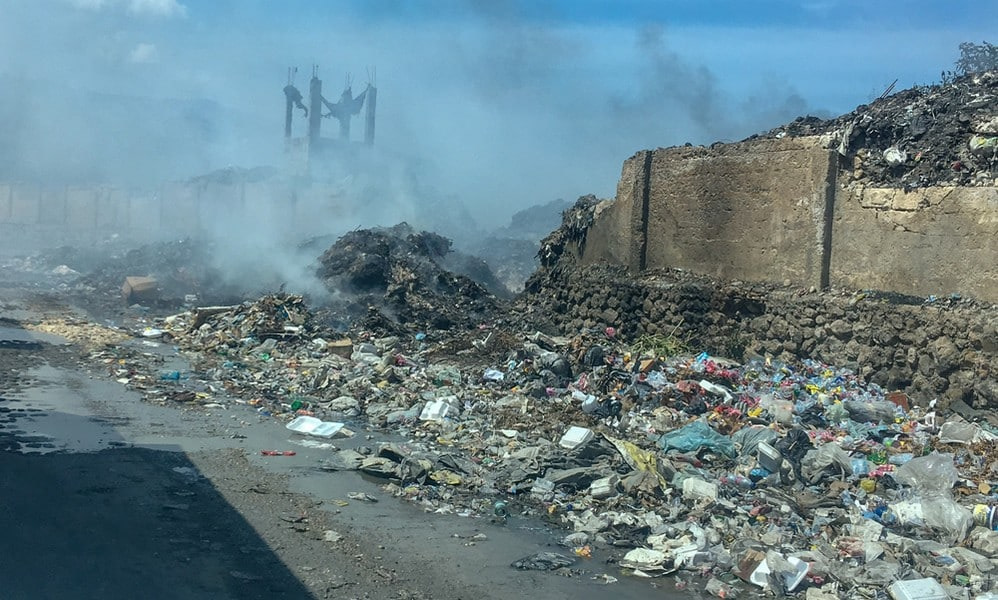
Haiti’s hillsides, once forested, now lie bare from relentless charcoal cutting. Smoke from cooking fires blends with vehicle exhaust in Port‑au‑Prince. Open canals collect sewage and garbage, then overflow during storms. Landslides send trash tumbling into low‑lying neighborhoods. Many rural villages drink from the same streams where animals bathe. Power shortages push families to burn more charcoal, compounding deforestation. After each hurricane, waterborne diseases flare and clinics run short of supplies.
How Nations Can Get Clean
Turning a filthy score around is possible.
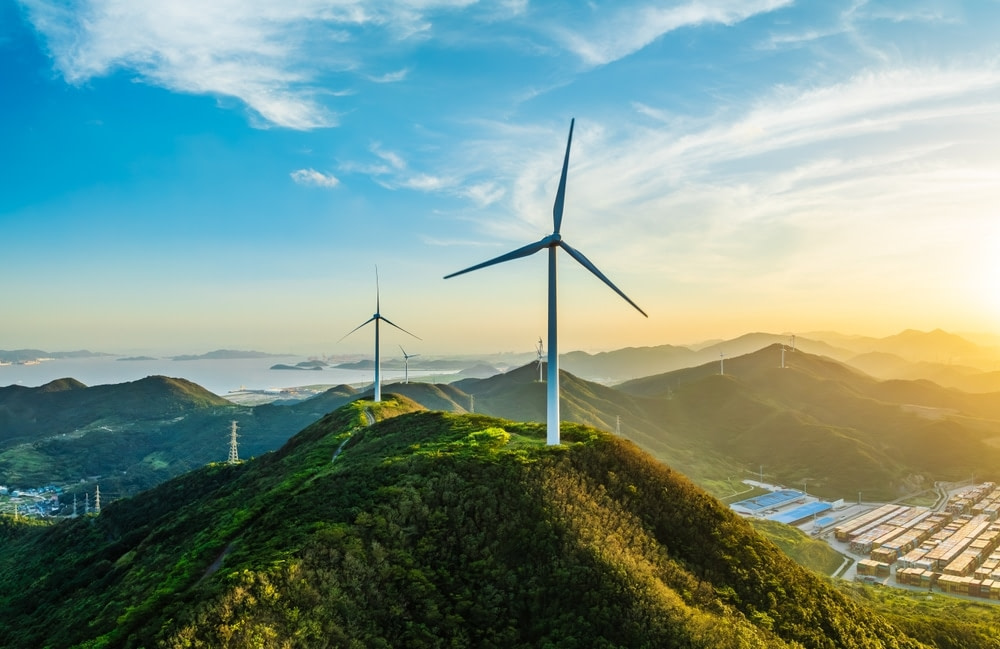
The path to cleanliness begins by measuring and tracking data on air, water, waste, and hygiene. Then build basic services: safe pipes, lined dumps, and steady power. Put a price on pollution with taxes and fees and enforce these rules. Help households switch to gas stoves, toilets, and regular trash pickup.
China cut city smog by 40% after 2013 by banning new urban coal, switching six million homes to gas, and forcing factories to fit filters.
Rwanda outlawed plastic bags, built a lined landfill, and rallied citizens for monthly clean‑ups (Kigali now markets itself as Africa’s tidiest capital).
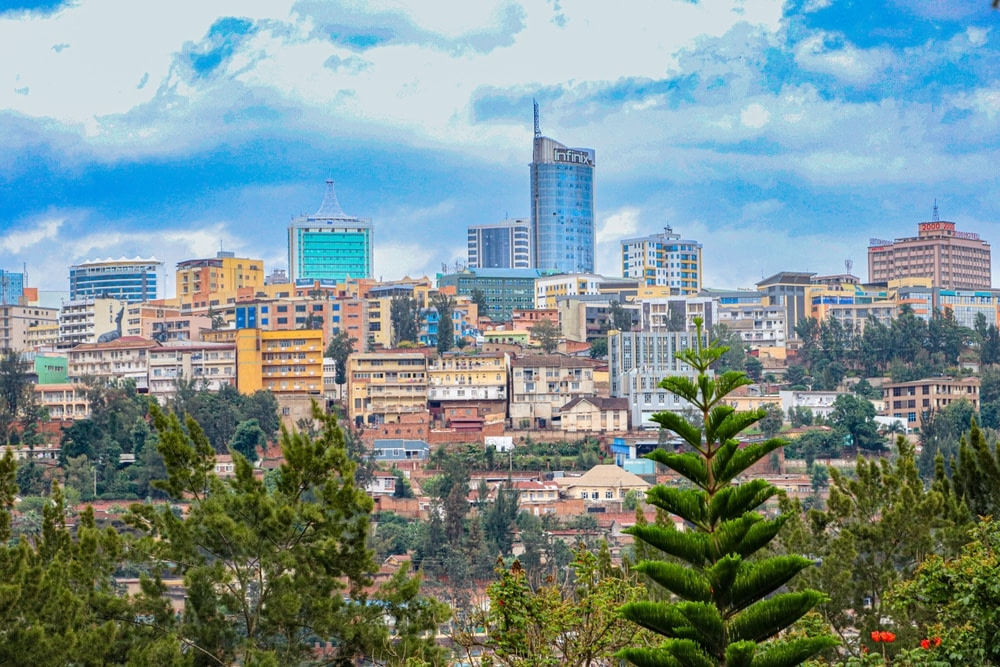
Estonia used EU funds to lay 125 miles (200 kilometers) of pipe and tax trash into recycling plants, lifting tap‑water safety above the European average.
These cases show progress is possible with strong leadership and monetary support.







